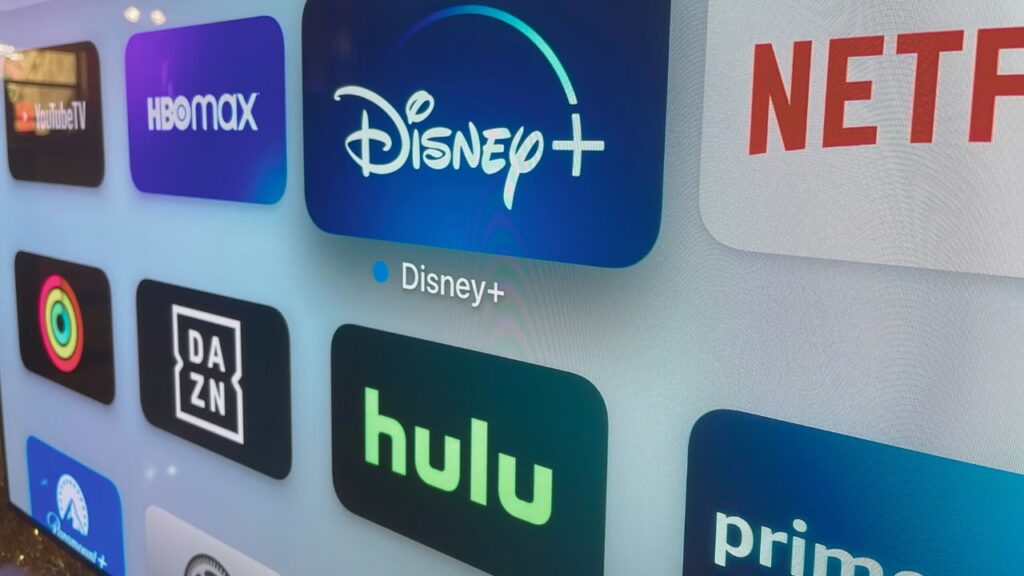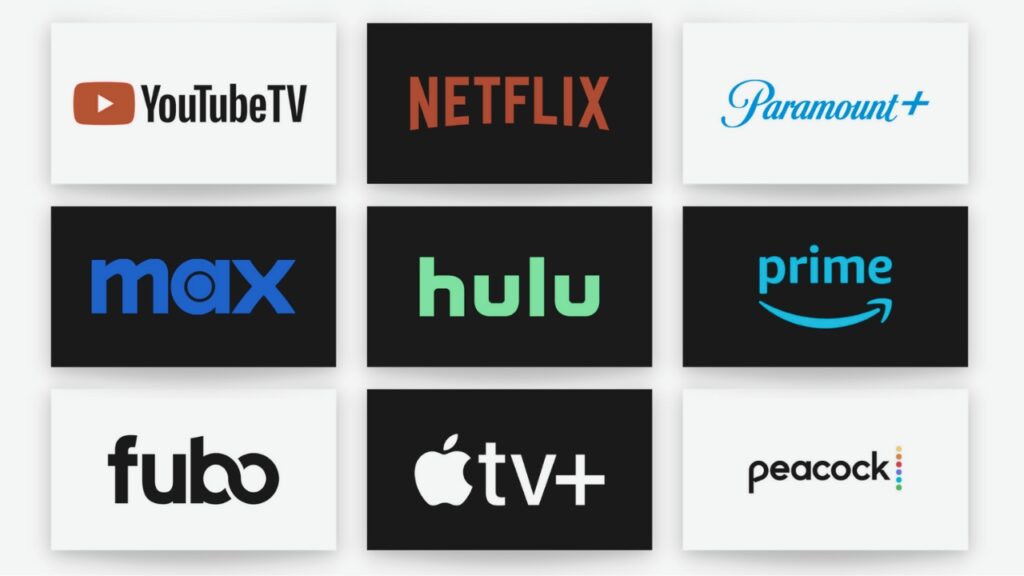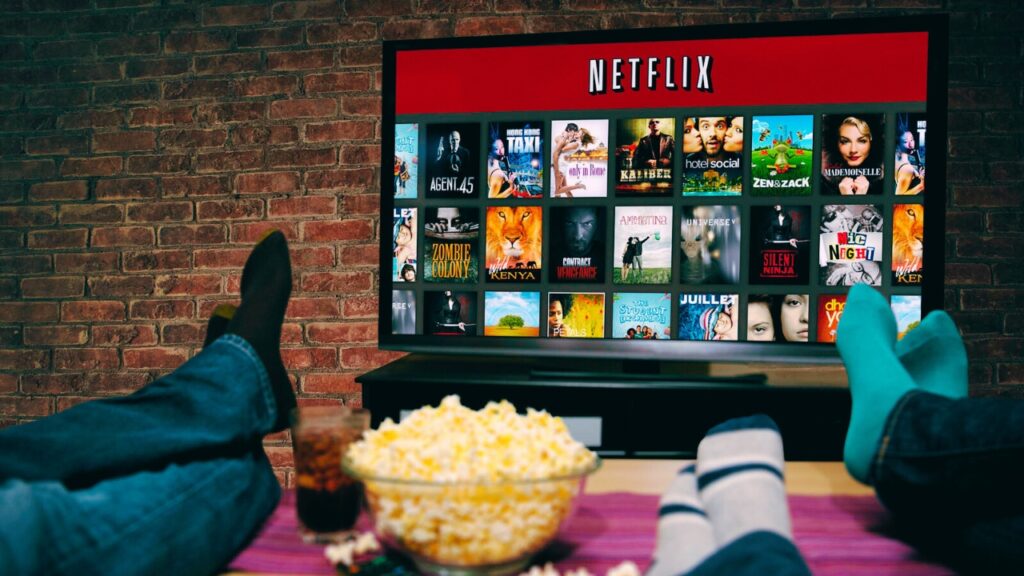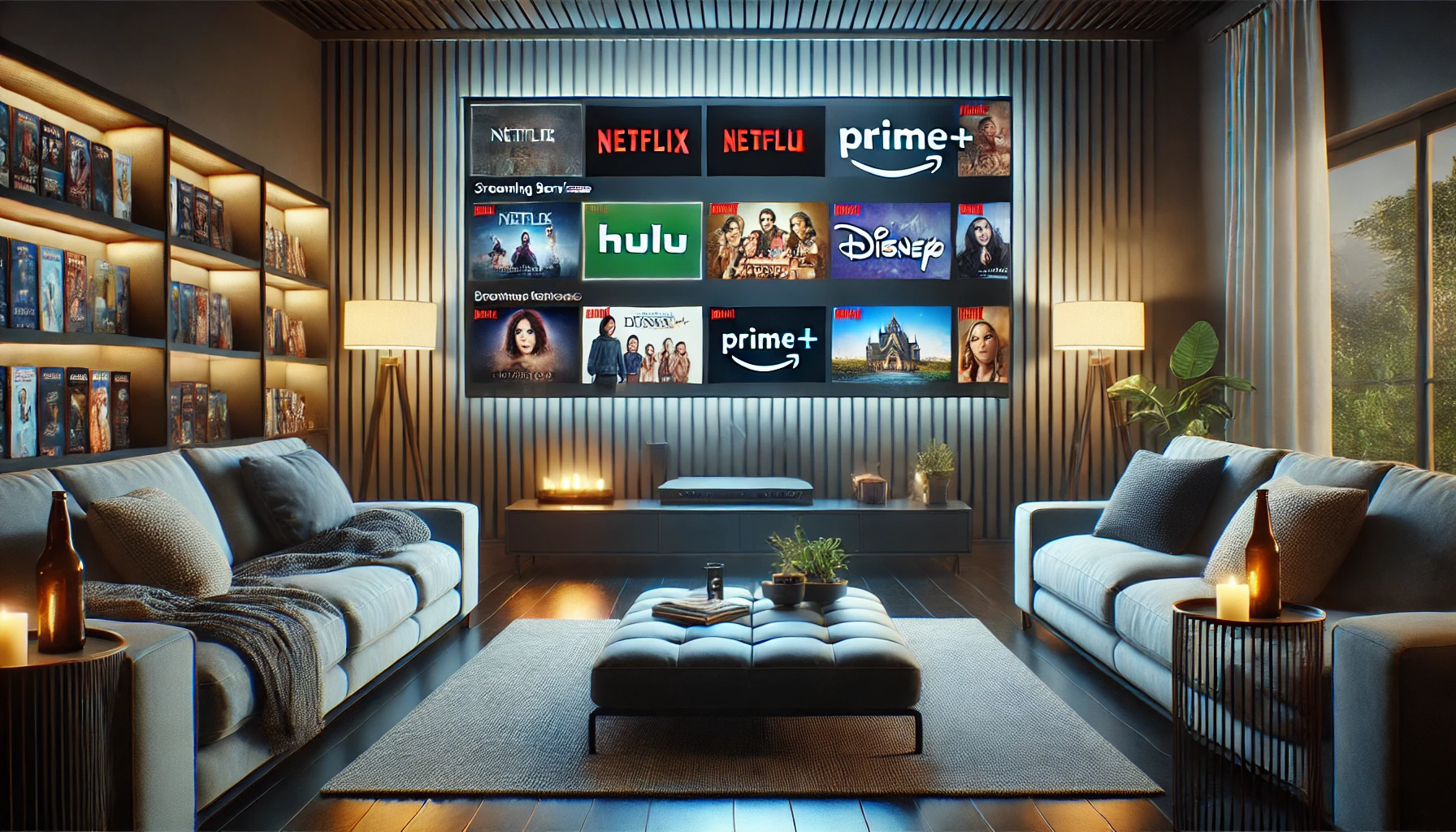In today’s digital age, streaming platforms like Netflix, Hulu, Amazon Prime Video, Disney+, and HBO Max have reshaped the way we watch movies. These services have disrupted traditional entertainment by offering unprecedented access to films and TV shows, transforming our habits, and creating a ripple effect throughout the industry. From how movies are made to how we engage with them, streaming platforms have left an indelible mark.
This in-depth blog explores the key ways streaming has changed our movie-watching habits, how the entertainment industry has evolved, and what this means for the future of digital media.
-
The Rise of On-Demand Viewing
Gone are the days of scheduling your life around a TV program or heading to a video rental store for a DVD. Streaming platforms have introduced on-demand viewing, where users can instantly access a vast library of movies and shows at their convenience.
Key Changes in Viewing Patterns:
- Instant Access: With just a click, viewers can watch anything they desire from an extensive catalog, eliminating the need to wait for TV schedules.
- Ad-Free Experiences: Many streaming platforms, such as Netflix and Disney+, offer ad-free plans, ensuring uninterrupted viewing.
- Personalization: Algorithms on platforms like Netflix and Amazon Prime curate content tailored to each user’s preferences, making recommendations more relevant and engaging.
This on-demand model has revolutionized how we consume entertainment, putting control firmly in the hands of viewers.
-
The Phenomenon of Worth-Watching

The ability to watch multiple episodes or even entire seasons of a show in one sitting is one of the most defining aspects of the streaming era. Netflix popularized this trend by releasing entire seasons of shows at once, a strategy that changed storytelling dynamics and viewer behavior.
Impacts of Worth-Watching:
- Narrative Complexity: Streaming platforms favor serialized storytelling, creating intricate plots that encourage viewers to keep watching.
- Blurred Lines: The distinction between movies and TV shows has become less pronounced, as people invest similar time in both formats.
- Viewer Autonomy: Viewers decide their own pace, whether it’s consuming an entire season in a day or savoring episodes over weeks.
-
The Decline of Traditional Movie Theaters
While streaming offers convenience, it has also posed challenges to traditional cinemas. The COVID-19 pandemic accelerated this shift, with many studios opting for simultaneous theatrical and streaming releases.
Effects on Theaters:
- Direct-to-Streaming Releases: Blockbusters like Black Widow and Wonder Woman 1984 debuted on streaming platforms alongside limited theater runs.
- Shorter Exclusivity Windows: Films are now available for streaming within weeks of their theatrical release, reducing the need to visit cinemas.
- Event-Driven Experiences: Cinemas are focusing on IMAX, 3D, and other premium formats to offer experiences that can’t be replicated at home.
-
Democratization of Content Creation

Streaming has leveled the playing field for filmmakers, allowing independent creators and small studios to showcase their work without traditional barriers. Platforms like Netflix, Amazon Prime, and Apple TV+ invest heavily in original content, fostering creativity and diversity.
Key Impacts:
- Original Productions: Films like Roma and The Irishman have garnered critical acclaim, proving streaming platforms’ ability to produce high-quality content.
- Global Reach: International hits like Money Heist and Squid Game demonstrate how streaming has made foreign content more accessible.
- Catering to Niche Audiences: With diverse genres and formats, streaming platforms cater to specialized interests, expanding representation in storytelling.
-
Personalization and Viewer Engagement
Streaming services thrive on personalization. Algorithms analyze user behavior to recommend content, creating an individualized experience for each subscriber.
How Personalization Works:
- Advanced Algorithms: Platforms like Netflix track viewing habits to make accurate suggestions, accounting for nearly 80% of content watched.
- Curated Watchlists: Users can save content for later viewing, ensuring they never miss something they’re interested in.
- Tailored Marketing: Platforms use data-driven insights to promote specific titles that align with user preferences, boosting engagement.
-
Subscription Fatigue and the Rise of Bundles
As more streaming platforms enter the market, users face the challenge of managing multiple subscriptions. This phenomenon, known as subscription fatigue, has led to the emergence of bundled offerings and tiered pricing models.
Addressing Subscription Fatigue:
- Bundles: Companies like Disney offer packages combining Disney+, Hulu, and ESPN+ to provide better value.
- Ad-Supported Plans: Platforms like Peacock and Hulu offer cheaper options with ads, appealing to budget-conscious users.
- Consolidation: Smaller players may merge with larger platforms to remain competitive in a saturated market.
-
Streaming’s Influence on Film Production and Awards
The rise of streaming has not only changed how films are distributed but also how they are recognized by prestigious awards organizations.
Notable Trends:
- Streaming Dominates Awards: Films produced by Netflix and Amazon, like Roma and The Power of the Dog, have won major accolades, legitimizing streaming content.
- Hybrid Release Models: Movies debuting on both streaming and in theaters are now common, changing the qualifications for awards consideration.
- New Talent Recognition: Streaming platforms provide opportunities for emerging creators and actors, expanding the pool of recognized talent.
-
The Future of Streaming and Movie-Watching

As technology continues to evolve, so will the streaming landscape. The integration of virtual reality (VR) and augmented reality (AR) could redefine how we experience movies. Additionally, as 5G networks expand, streaming high-quality content will become even faster and more accessible.
Emerging Trends:
- Interactive Content: Choose-your-own-adventure films like Netflix’s Bandersnatch could become more popular.
- Global Collaborations: Streaming platforms will likely produce more cross-border projects to appeal to international audiences.
- Sustainability Initiatives: With growing awareness of environmental issues, platforms may adopt eco-friendly production practices.
FAQs
Q: Are streaming services replacing traditional cinemas? A: While streaming offers convenience, cinemas still provide unique experiences. The two formats are likely to coexist, with cinemas focusing on premium experiences.
Q: How do streaming platforms decide what content to recommend? A: Platforms use algorithms that analyze user behavior, such as watch history, ratings, and interaction, to suggest relevant content.
Q: What are some affordable streaming options? A: Ad-supported plans on platforms like Hulu and Peacock are budget-friendly options, and bundles like Disney+ with Hulu and ESPN+ offer great value.
Conclusion
Streaming platforms have revolutionized movie-watching, making it more convenient, personalized, and diverse than ever before. They’ve disrupted traditional models of production, distribution, and consumption while giving rise to new habits like worth-watching and subscription bundling. As the industry evolves, streaming will continue to shape how we experience entertainment, ensuring it remains an integral part of our lives.

